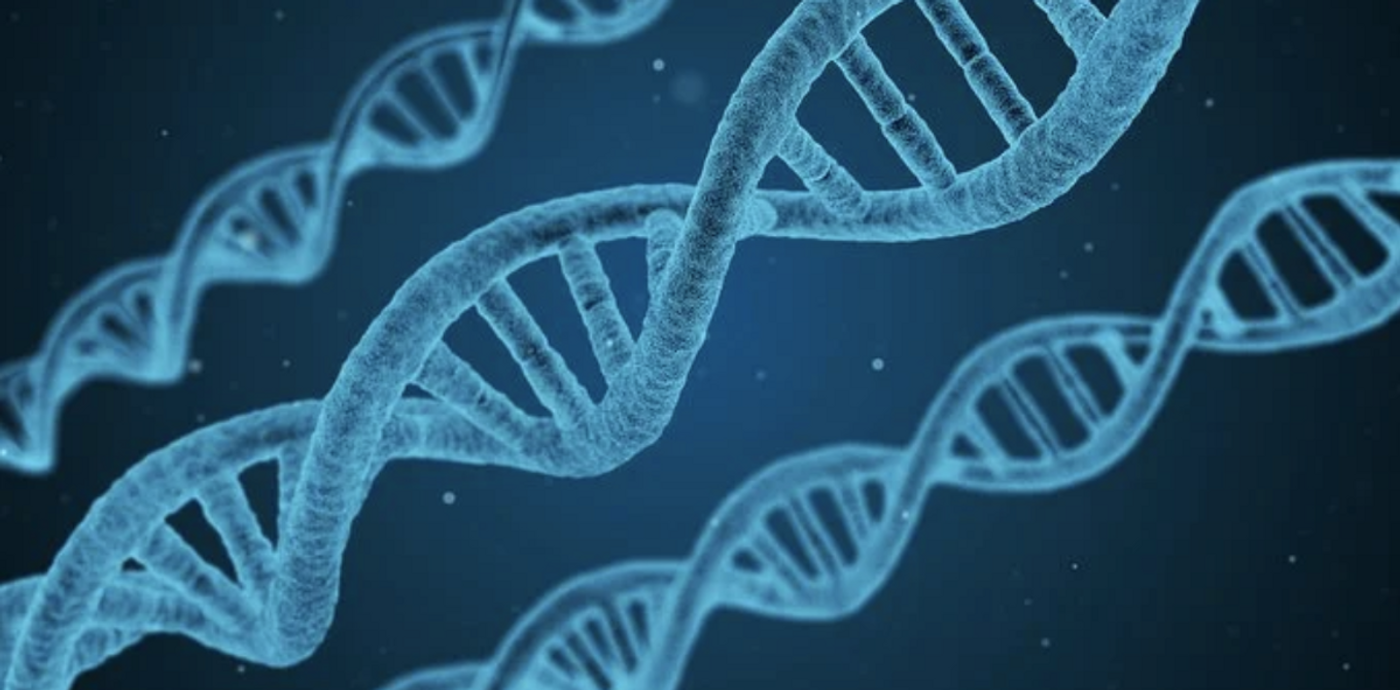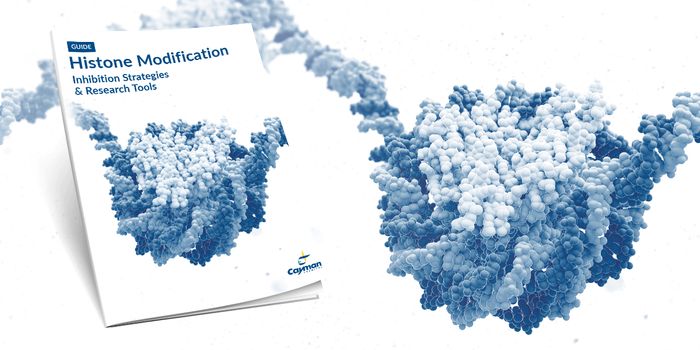Another Neurodevelopmental Disorder is Discovered
Researchers are identifying more rare disorders because of advances in genetic sequencing technologies, which have made sequencing the whole genome of a patient to search for genetic mutations faster and cheaper. Scientists have now used patient samples to show that a rare neurological disease that causes delays in development and a loss of coordination is caused by genetic mutations that disrupt a protein called GEMIN5. This protein is critical to the metabolism of RNA in neurons. This work, which is the first to link mutations in GEMIN5 to human disease, has been reported in Nature Communications.
"It's just like building a house," said senior author Udai Pandey, Ph.D., an associate professor of pediatrics, human genetics, and neurology at the University of Pittsburgh School of Medicine. "You take out the most important brick at the base and the whole building falls apart."
Related: A New Neurodevelopmental Disorder is ID'ed
A protein structure called the SMN complex has multiple parts, one of which is GEMIN5. The complex is involved in controlling the growth of dendrites and axons, appendages that extend out from neurons. Mutations in another component of the complex called survival motor neuron protein are known to cause a different disorder known as spinal muscle atrophy.
In this work, the researchers were able to analyze samples from 30 patients around the world. The scientists were interested in how neurons in these patients were functioning. To investigate, they obtained blood samples and reprogrammed cells isolated from those samples so they functioned as neurons. With this approach, they could compare reprogrammed neurons from patients to those from healthy volunteers, and learned more about how 26 different mutations in GEMIN5 can each impact neuronal functions.
"Children came into the clinic with non-specific symptoms, such as developmental delay and abnormal gait. Their doctors ran all the possible tests, including assessing a child's metabolic function, to no avail--their conditions had no easy explanation," explained co-first study author and neurologist Deepa Rajan, M.D., assistant professor of pediatrics at Pitt School of Medicine, among other appointments. "It was not until we did an extensive genome analysis that we found that these patients had mutations in the GEMIN5 gene."
Related: Rare Neurodevelopment Disorder LINKED is ID'ed
"Many genetic disorders seem individually rare, but collectively they are relatively common," added Rajan. "We now are able to harness next-generation technology to help diagnose previously undiagnosed children, and each new gene discovery is the start of the journey to understanding each of these diseases better."
Additional work used a fruit fly model to show that disruptions in the fruit fly homolog of the human GEMIN5 protein are fatal to the fruit fly when they occur early on in its life cycle, and cause developmental delays when the onset is later.
"The most exciting part of being a researcher is working on a project that directly helps families," said Pandey. "We are hopeful that because of our study, neurologists will now consider testing for GEMIN5 mutations and that labs will include GEMIN5 in their testing for ataxic disorders. Genetic diseases are challenging to identify and treat, but if we find a cure, it will make a massive difference in someone's life."
Sources: AAAS/Eurekalert! via University of Pittsburgh, Nature Communications









